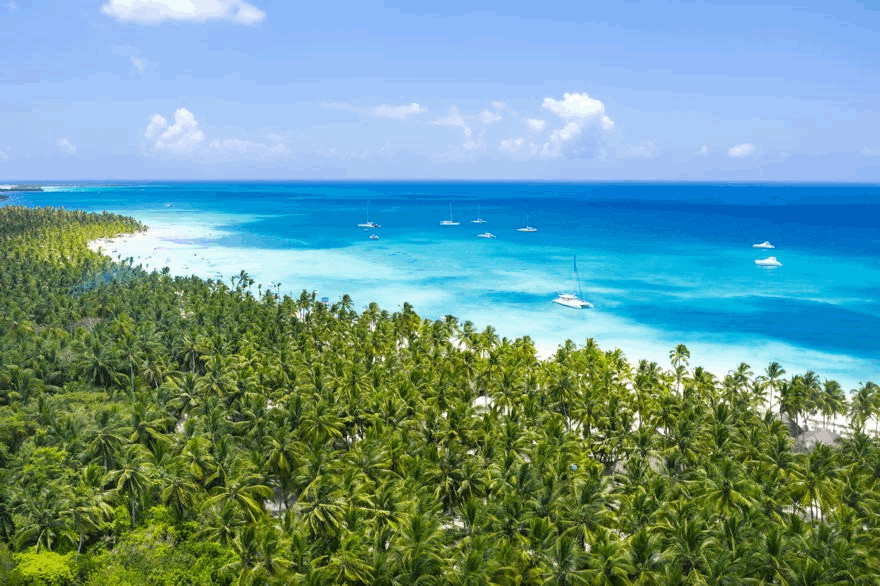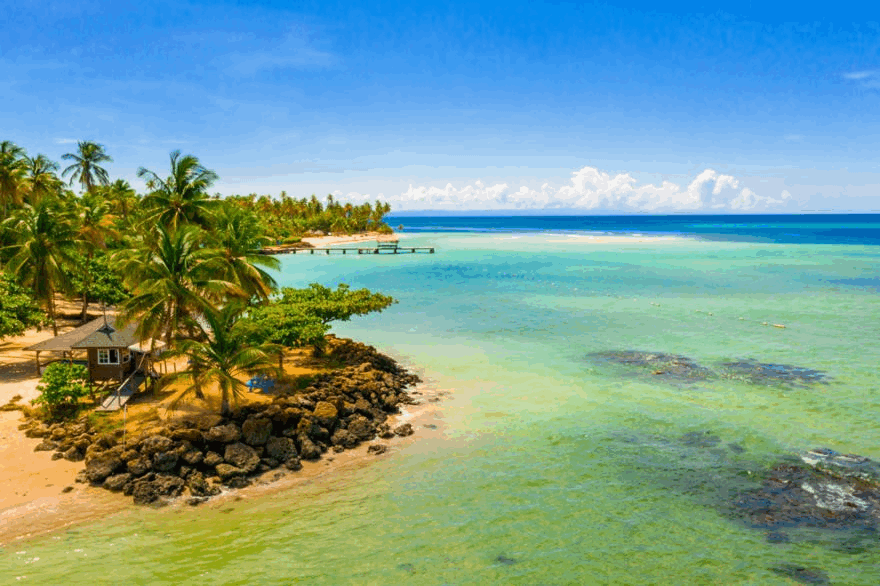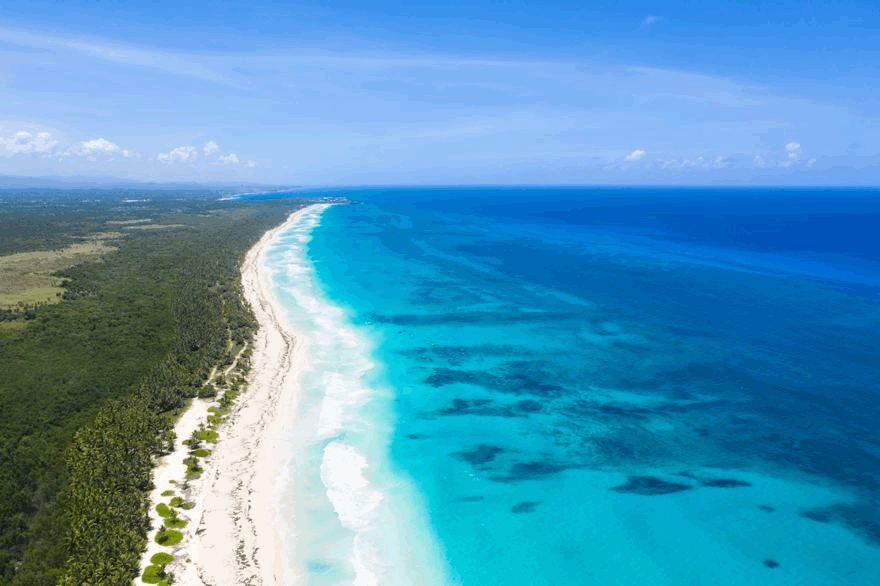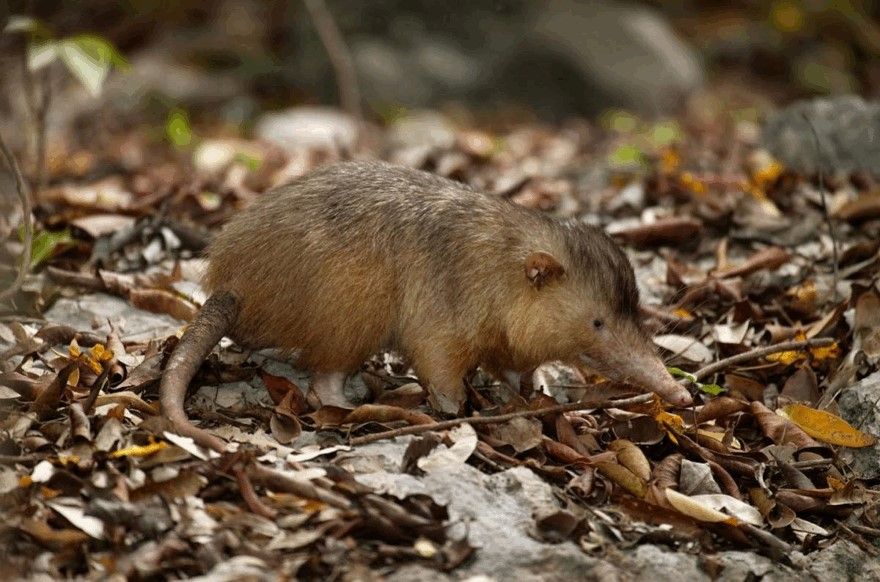
23 Sep National Park of the East
National Park of the East
The National Park of the East (Parque Nacional del Este), is one of the most spectacular areas in the Dominican Republic. If you’re getting ready for a family holiday, you should know that a visit to this natural enclave is highly recommended and the little ones in the family will have an incredible time.
Saona Island
Saona Island is the heart of the National Park of the East. Covering more than 110 square kilometres, its main economic assets are fishing and tourism, which most of its more than 1,000 inhabitants are involved in. The expansive beaches with crystal clear waters and golden sand in this protected area are the perfect, peaceful hideaway in the Caribbean for the whole family.
Historically, Saona Island was a place of refuge for the indigenous people. They took advantage of the rocky nature of the island and its many caves and caverns to establish its population. As a result, on an excursion through the national park and the island, you can still find vestiges of these pre-Columbian inhabitants, discovered for the first time in the 20th century by the North American archaeologist Teodore de Booy.
Many visitors choose La Romana as their starting point before enjoying a day in the park. From this town, you can visit areas such as Catalina Island, where you can explore the shipwreck of Captain Kidd and the Bayahibe and Dominicus beaches.

A visit to the National Park of the East
The park is located in the southeast of the Dominican Republic and has an area of 430 square metres. An ecosystem that is home to more than 500 flower varieties and 300 species of birds, to which you can add manatees, dolphins and a variety of marine fauna that call the depths of the coral reefs their home. Its endless beaches and turquoise waters will offer you an exciting day that combines relaxation and adventure while being fully immersed in nature.
The average annual temperature in the National Park of the East is 26ºC, meaning it can be visited at any time of the year. Inside, you will experience three types of climates thanks to the areas of tropical rainforests, subtropical dry forests and transition forests, extraordinary places where the exuberant vegetation and the labyrinths of the caves result in a dreamy environment that’s ideal for the most adventurous.
Exploring the caves in the National Park of the East, you’ll come into contact with the history of the island and that of its inhabitants from 500 years ago, the pre-Columbians. One of the main caves is in Guaraguao, one of the starting points from where you can visit the park from the coast; but there are up to twelve places that have pre-Hispanic art inside.
The art created by these primitive inhabitants is made up of petroglyphs and pictographs, and the themes represented range from their daily life to religious beliefs. In addition to the immense wealth of rock art, thanks to the findings from the explorations carried out in the various caves and on Saona Island, you’ll find objects made of ceramic, stone and other minerals that served as utensils more than five centuries ago.

In full contact with nature
The greatest attraction of the National Park of the East for visitors is the ability to immerse themselves in its incredible landscapes. You’ll be able to observe the island’s native mammals, discover the protected plant life and witness the light show offered by the stalactites and stalagmites in the caves.
From this park alone, you can see endangered animals such as the solenodon and the hutias. The solenodon, also called the Hispaniolan solenodon, is the oldest of the mammals that have populated the Antilles and the only insectivorous animal in the region. It has a small elongated body and looks like a rodent, since its closest relatives are moles and shrews. Its incredible history dates back more than 60 million years, when it evolved for the first time. Moving around slowly, it is now in danger of extinction and usually lives in the trunks of dry trees.

Source: ELADIO FERNÁNDEZ, El País.
The plant life in this national park creates a colourful landscape that can be observed while hiking along its trails. Their low level of difficulty makes them perfect for enjoying this sport with the whole family, such as the Padre Nuestro ecological and archaeological path. During the walk, you’ll be able to see protected species such as the seagrape, the autograph tree, copperwood, kiawe tree, bucida buceras tree, aloe vera and the coconut palm.
Including a visit to the National Park of the East and Saona Island during your family holiday is the best option if you want to enjoy the area surrounding Punta Cana without giving up the excellent climate, the most exciting experiences and the opportunity to learn about the history and natural environment of the Dominican Republic.





No Comments